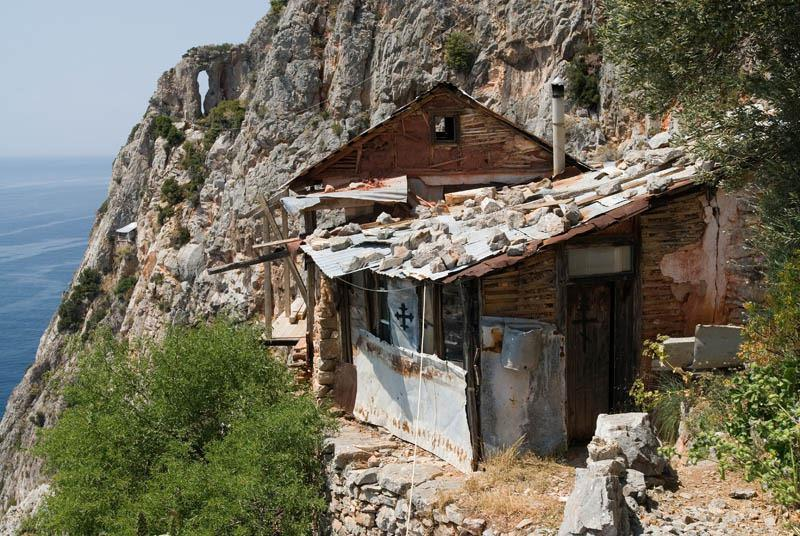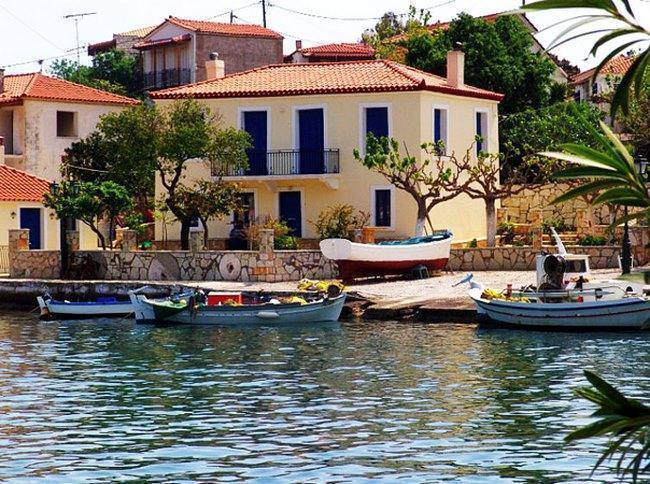It is a historical monument and work of art. Τhe Museum of Byzantine Culture of Thessaloniki was originally designed by the architect and painter from Samos, Kyriakos Krokos (1941-1998), was founded in February 1989 by the Minister of Culture, Melina Mercou in September 1994.
The building complex of the museum, with its large atrium and surrounding gallery, with its main materials concrete and brick, is considered one of the best works of public architecture created in Greece in recent decades.
Objects of Byzantine culture (sculptures, murals, mosaics, icons, metalwork, coins, manuscripts - prints, glasswork, ceramics, etc.) from Thessaloniki and the wider region of Macedonia, from the early Byzantine period to the Ottoman Empire.
The thematic sections of the museum's exhibition concern daily and public life, worship and funeral customs, architecture and art, trade and laboratory activities.
The exhibition is accompanied by audiovisual material and touch screens that offer the visitor a complete picture of the history of the museum, the organization of the exhibition, the overall management of the archeological material, the Byzantine fortifications in Macedonia and Thrace, and individual aspects of the daily life of the Byzantines.
In addition, the periodic exhibitions organized by the Museum inform the public about issues of history, cultural heritage and art, daily life, but also about the relations between cultures, peoples and social groups throughout the centuries.
Visitors to the museum are impressed by the objects from the collections of Dimitrios Economopoulos (icons from the 14th to the 19th centuries, ceramics, coins, ecclesiastical documents, small works of art) and Doris Papastratou (Orthodox religious engravings from the 18th to the 19th centuries, wooden and bronze matrices).
The collection also of special interest are the sections of exhibits "The Dawn of Byzantium 1204-1453" (among the exhibits a masterpiece of gold embroidered epitaph from 1300, an icon of Christ with the inscription "The Wisdom of God", a navel from the floor of Hagia Sophia in Trabzon , remarkable frescoes, handwritten gospel from the 13th to 14th century, collection of glass vessels), "Byzantium after Byzantium" (the Byzantine heritage in the period after the Fall) and "Discovering the past" (the path of the ancient object from where it is discovered to the museum where it is exhibited).
The Museum of Byzantine Culture of Thessaloniki, with its permanent and periodic exhibitions, conservation workshops, archeological warehouses, public activities, educational programs, scientific meetings and conferences, its international collaborations, acts as a center for the preservation, research and study of the elements of Byzantine culture.
At the same time, it is a powerful cultural center that hosts works of contemporary art and cultural events.
Images:






























